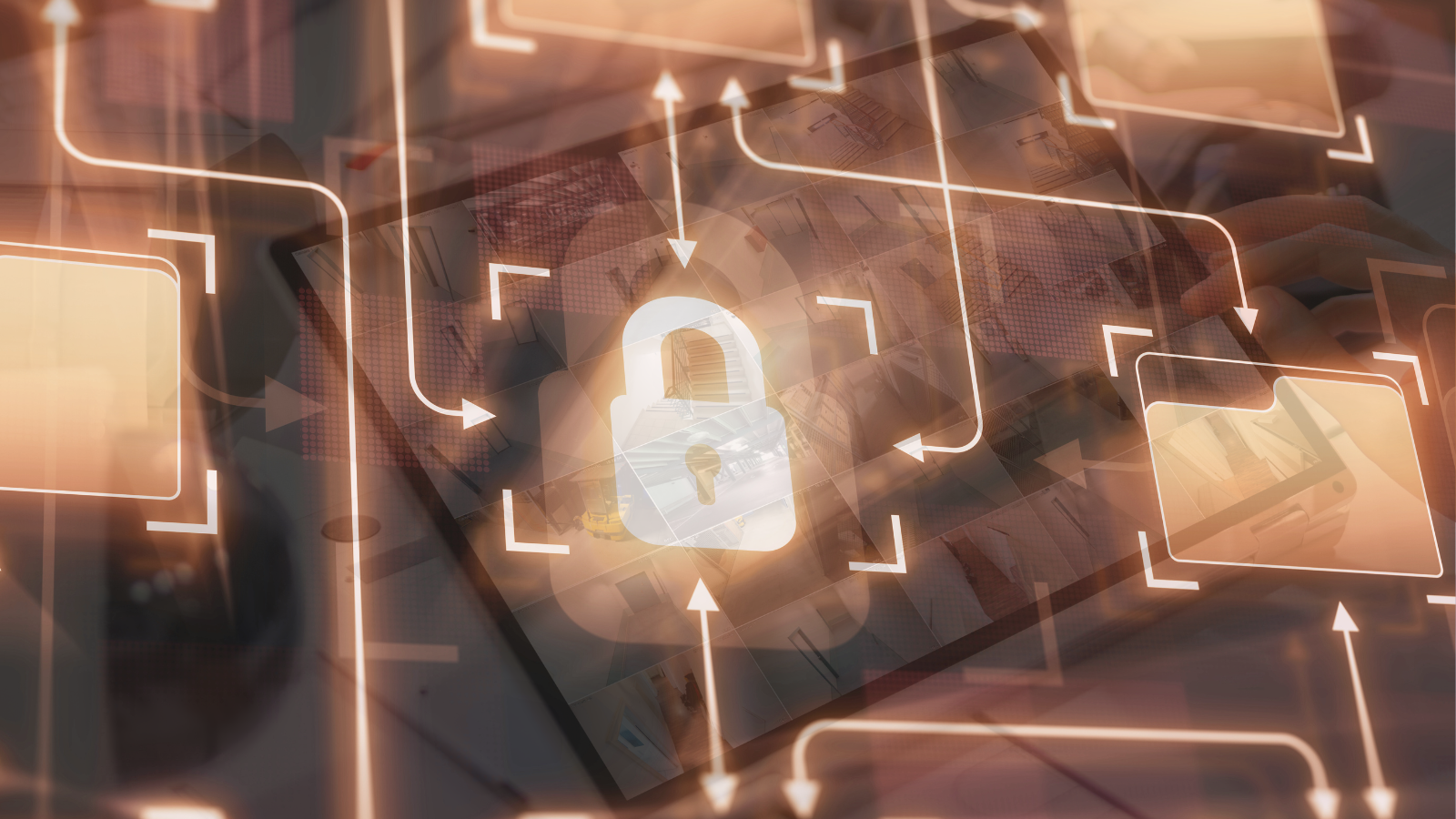As we step into 2024, the landscape of campus security is evolving rapidly, with digital innovations at the forefront of this transformation. The challenge for many campus security professionals is identifying which innovations are important and how to leverage them to make their security programs more effective.
Fortunately, we have identified five digital innovations that will have a significant impact on campus security over the next five years to help campus security professionals address this challenge.
Here are the top five physical security digital innovations that will shape campus security in 2024 and beyond!
Table of Contents
- IoT devices will continue to be a critical part of campus security
- Gunshot Detection Systems will become more prevalent
- Smart Identification Cards will become more widespread
- Mass notification systems will become the norm
- Lifecycle management will become a priority
1. IoT devices will continue to be a critical part of campus security
The Internet of Things (IoT) is set to maintain its critical role in campus security. IoT devices provide valuable data and insights, allowing security teams to monitor and respond to potential threats more efficiently. From smart cameras to environmental sensors, these devices enhance situational awareness and contribute to a safer environment for all.
Overall, using IoT on campuses is a positive trend that will likely continue in the years to come. Worldwide, IoT devices are forecasted to almost double from 15.1 billion in 2020 to more than 29 billion devices by 2030.
Ways in which IoT technology is being used to improve campus security include:
- Access Control with IoT: Smart door locks allow authorized personnel entry, and video cameras monitor building access.
- Environmental monitoring: IoT devices can monitor the environment for hazards, such as fire, gas leaks, and water damage. For example, sensors can detect smoke, carbon monoxide, and water leaks, and alerts can be sent to security personnel when a hazard is detected.
- Asset tracking: IoT devices can be used to track the location of assets, such as laptops, smartphones, and vehicles. This can help to prevent theft and loss.
- Student safety: IoT devices can be used to monitor student safety, such as by tracking their location and providing them with a way to call for help in an emergency.
With SiteOwl, campus security teams can easily monitor their entire physical security infrastructure from a single dashboard and gain valuable insights about their security and access control systems.
2. Gunshot Detection Systems will become more prevalent
The use of gunshot detection systems (GDS) on college campuses is a growing trend as universities and colleges seek to enhance campus safety and protect their students, faculty, and staff. GDS utilizes various technologies, such as acoustic sensors and muzzle flash detection, to identify and locate the source of gunshots in real-time.
GDS technology offers several potential benefits for college campuses:
- Rapid response: GDS can detect and locate gunshots within seconds, enabling law enforcement to respond quickly and effectively.
- Deterrence: The presence of GDS may deter potential shooters from bringing weapons onto campus.
- Peace of mind: GDS can provide a sense of security and peace of mind for students, faculty, and staff.
Even with all the benefits of GDS, colleges and universities must balance safety and privacy in GDS implementation. Clear policies, data handling procedures, and open communication with the community are key to addressing privacy concerns.
3. Smart identification cards will become more widespread
Smart ID cards are becoming increasingly common, offering a multifaceted approach to campus security. These cards, embedded with memory chips, serve as access keys to buildings, bus passes, and even debit cards. Their enhanced security features make unauthorized access a challenging feat, triggering alarms for any uninvited guests.
Smart ID cards offer several benefits over traditional ID cards, including:
- Security: Smart ID cards are more difficult to counterfeit or forge than traditional ones.
- Convenience: Smart ID cards can access more services than traditional ID cards.
- Efficiency: Smart ID cards can help to reduce wait times at access points.
- Versatility: Smart ID cards can be used for various purposes, such as payment, identification, and access control.
In addition to these uses, smart ID cards are also being used to develop new and innovative applications. For example, some colleges use smart ID cards to track student attendance in class. Others use smart ID cards to give students access to personalized information and services.
As smart ID card technology continues to evolve, we can expect to see even more innovative uses for these cards in the future.
4. Mass notification systems will become the norm
Ensuring the safety of students and staff during emergencies is a top priority. Mass notification systems are becoming increasingly common on college campuses. These systems are designed to quickly and reliably alert students, faculty, and staff to emergencies, such as active shooters, fires, and natural disasters.
Mass notification systems typically use a variety of communication channels to reach their audience, including text messages, emails, phone calls, and social media alerts. They may also use sirens, public address systems, and digital signage.
The use of mass notification systems on college campuses has several benefits, including:
- Quicker response times: Mass notification systems can help to save lives by alerting people to emergencies as quickly as possible.
- Improved communication: Mass notification systems can help to ensure that everyone on campus is aware of an emergency and that they know what to do.
- Reduced anxiety and fear: Mass notification systems can help to reduce anxiety and fear by providing people with information about the emergency and by assuring them that help is on the way.
As the threat of mass shootings and other emergencies continues to grow, mass notification systems will likely become even more prevalent on college campuses in the years to come.
5. Lifecycle management will become a priority
Streamlining security system management is essential for higher education institutions. The future of campus security will see a shift towards digital transformation. Embracing this transformation early will allow security teams to predict and mitigate threats before they escalate, ultimately freeing up resources for strategic decision-making.
Streamlining security system management is essential for higher education institutions. The future of campus security will see a shift towards digital transformation. Embracing this transformation early will allow security teams to predict and mitigate threats before they escalate, ultimately freeing up resources for strategic decision-making.
There are several reasons why lifecycle management is becoming a priority for campus security teams:
- The increasing complexity of campus security systems: Campus security systems are becoming increasingly complex, with a wide range of interconnected devices and software. This complexity can make it challenging to manage these systems effectively, and it can also increase the risk of security vulnerabilities.
- The need to improve security ROI: Campus security teams are under pressure to improve the ROI of their security investments. Lifecycle management can help to do this by ensuring that assets are used effectively and efficiently and by reducing the cost of downtime and repairs.
By implementing effective lifecycle management practices, campus security teams can improve the security of their campuses, reduce costs, and improve the ROI of their security investments.
Streamline Campus Security System Management
In 2024, digital innovations are set to revolutionize campus security, making higher education institutions safer and more resilient. By staying ahead of the curve and adopting these advancements, these institutions can provide a secure environment that fosters learning and growth.
The time has come for campus security leaders to embrace digital transformation. SiteOwl empowers campus security teams to manage their physical security systems in a digital-first world where systems are interconnected and actionable data is no longer siloed. –
Shift from reactive to proactive security management with SiteOwl’s cloud-based platform and take your campus security program to the next level.

Su Subburaj
Su is SiteOwl's CMO and leads all marketing and communications. Su has extensive strategy and management consulting experience and previously consulted for 3Sixty Integrated where she gained an in-depth understanding of digital transformation challenges in the physical security industry. When not working on strategies to expand SiteOwl's footprint, Su enjoys bad karaoke, weightlifting and traveling.
![Physical Security Outlook 2024 [Higher Ed] Five Digital Innovations Shaping Campus Security](https://getsiteowl.com/wp-content/uploads/2023/11/Five-Digital-Innovations-Shaping-Campus-Security.png)



